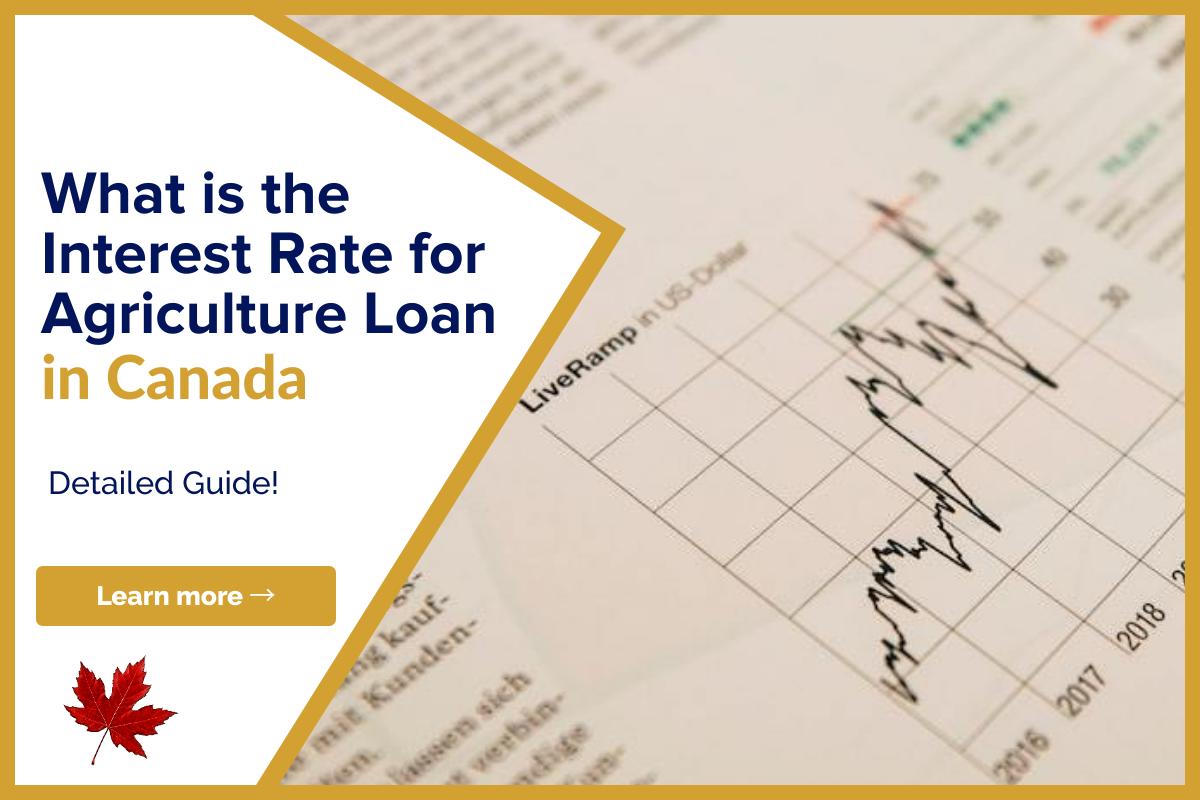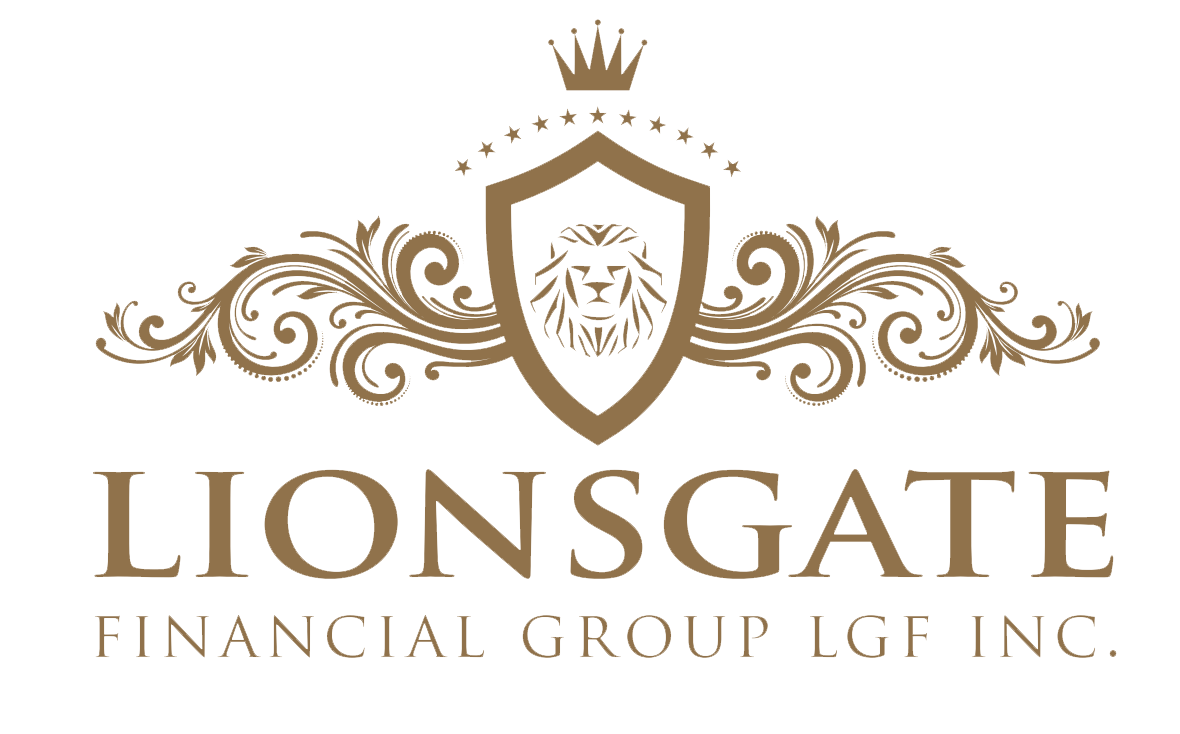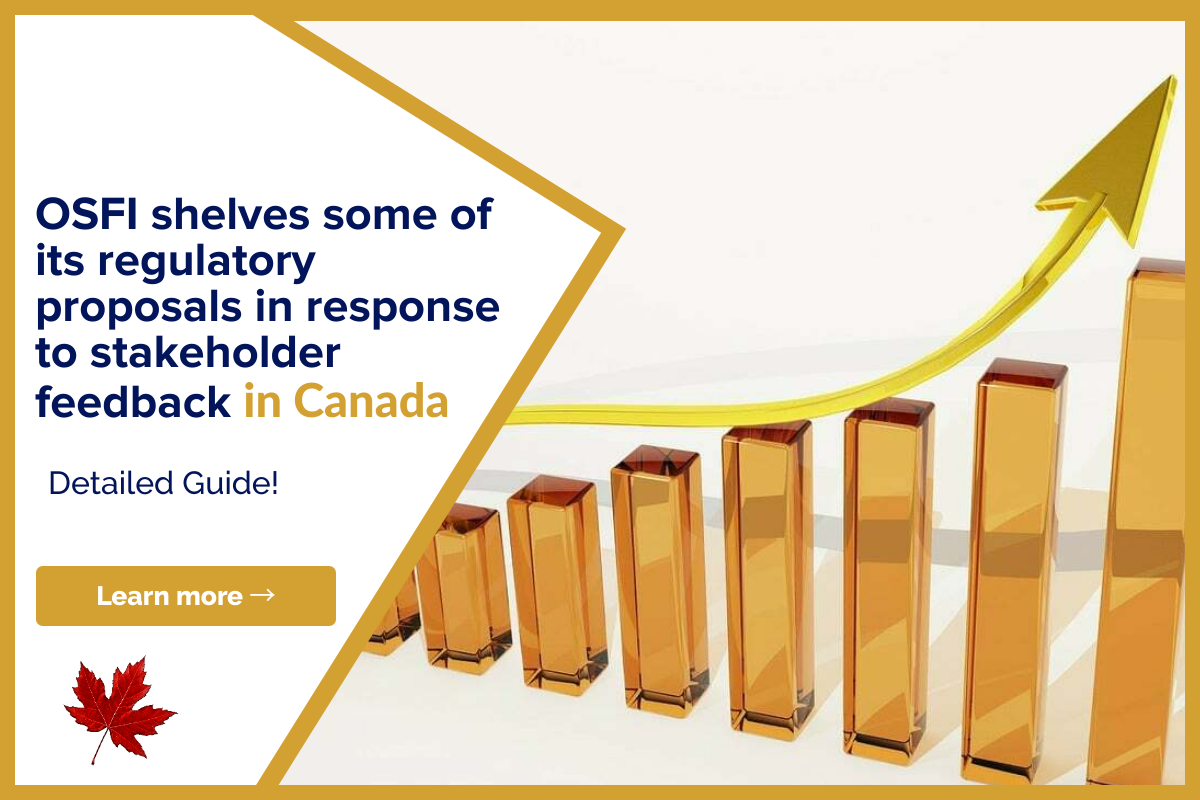During the early days of the mortgage business, brokers would require a lot of paperwork…

What is the Interest Rate for Agriculture Loan?
Now you can listen to our blog post, “What is the Interest Rate for Agriculture Loan,” while on the go.
The sum a borrower pays to a lender as compensation for using the lender’s funds for a specific duration of time is known as interest. On loans or debt securities like bonds, interest is paid regularly or once when the loan expires.
For operating loans from the bank, interest is paid throughout the loan in installments based on an annual rate of interest. When buying a bond, the buyer (the lender) typically pays less than the bond’s face value. The original purchase price plus any accrued interest is given to the buyer in one lump sum at maturity. The bond’s entire face value, less the amount paid when it was initially purchased, is what the bond’s interest will be worth.
Since agriculture is a capital-intensive industry, interest rate changes directly impact the agricultural sector’s profitability by influencing borrowing, spending, and investment. A change in interest rates will indirectly affect agriculture by changing the overall economic activity, including output, employment, currency rates, and global commerce.
Interest Rate Variables
The availability and demand for money within an economy determine interest rates. People’s need for present spending and investment prospects drives the demand for money. Savings and consumers’, businesses’, and governments’ willingness to postpone expenditure are the main sources of the money supply. The monetary policy of a nation’s central bank, in Canada, the Bank of Canada, can also impact the demand for and supply of money.
Inflation control is the main objective of Canadian monetary policy, which was created by the Bank of Canada and the federal government. The Bank of Canada makes use of its authority to affect the state of the economy’s credit market. The Bank of Canada primarily employs two instruments to affect the money supply:
- The desired overnight rate in the redeposit or withdrawal mechanism using open market activities
- Very short-term interest rates are influenced by the Bank of Canada, which in turn affects the direction of long-term rates and may cause changes in the value of the Canadian dollar.
Interest rates come in various forms, including market, prime, and bank rates. Nominal interest rates are the ones used in this category. The nominal interest rate is divided into two components:
- The actual rate of return, commonly referred to as the real rate of interest, is predicted inflation
- The real interest rate is the difference between the nominal interest rate and the anticipated inflation rate. For instance, the real interest rate would be 4% if the nominal interest rate was 6% and the predicted inflation rate was 2%.
The productivity of capital, according to theory, is what determines the actual rate of interest. In other words, a nation’s real interest rate is determined by the return on investments made in tangible capital assets like a herd of cattle.
In actuality, three things largely govern interest rates in Canada:
Interest rates in the United States, the two countries’ respective inflation rates, and the relative postures of their respective monetary policies
Agriculture Financing
A percentage of the entire demand for corporate and family loans goes to agriculture. Farm loan interest rates are typically established outside of the agriculture industry. However, micro-level factors such as the borrower’s financial situation, the lender’s risk-bearing capacity, the borrower and lender’s maturity, the borrower and lender’s liquidity, and the amount of the agricultural loan affect farm lending rates.
In Canada, there are many places where you can get money for agricultural loans, including chartered banks, federal and provincial governments, credit unions, insurance, and trust firms, private citizens, and advance payment schemes.
Rate-Risk Exposure
For farms and agribusinesses, an unexpected and unfavorable change in borrowing rates is a source of operational risk. If a business has a variable-rate loan, a sudden rise in interest rates may cause greater than anticipated interest expenses. Higher interest costs make farms and agribusinesses less profitable, deter investment, and lower the value of farmland.
Locking in a fixed-rate loan when interest rates are lower could be a tactic to prevent losses brought on by an anticipated rise in interest rates.
Overnight rate objective
The Bank of Canada’s principal instrument, commonly referred to as the policy interest rate, is the target for the overnight rate. Major banks are informed of the average interest rate that the Bank of Canada wishes to see in the overnight lending market. (Source: Canadian Bank)
Operations on a free market
In order to reduce or increase the amount of money in the banking system, open market operations refer to the buying and selling of government securities on the open market.
Banking Rate
The interest rate that the Bank of Canada levies on short-term loans to financial institutions is known as the “bank rate.” The bank rate at the top of the operating band is closely tied to the overnight rate. For instance, the bank rate would be 3.5% if the operating band ranged from 3% to 3.5%. The operational band and the bank rate are both modified simultaneously. Each year, the Bank of Canada releases these rate changes on a calendar with 8 set days.
Leading rate
The prime rate, a benchmark interest rate set by commercial banks, is the amount charged for sizable loans provided to their most credit-worthy corporate and industrial clients. Other variable rate loans are typically calculated at a particular amount above prime, with the prime rate typically being the lowest interest rate a bank charges.
A Market Price
The bank’s interest rate charges clients who do not qualify for the prime rate, known as the market rate of interest. According to the perceived risks, the loan’s size and term, the type of collateral given, and market competitiveness, a market rate might change from loan to loan.
Need Some Extra Cash to Help Your Finances? Try Lionsgate!
Are you struggling with your financial needs and need some extra cash? Lionsgate can help. Just fill out the form below, letting us know all your money or mortgage requirements, and we will find the best lender for you. Amazing thing? The process is free, and you can quit it at any time.
We have a team of experts that analyze your requirements and pick the best lender for you with prudent advice.
Note: Please give your authentic information while completing the form below.
Please share this article on your social media profiles if you find it helpful. Also, visit our blog to read similar helpful articles on finance, real estate, and getting mortgages.




